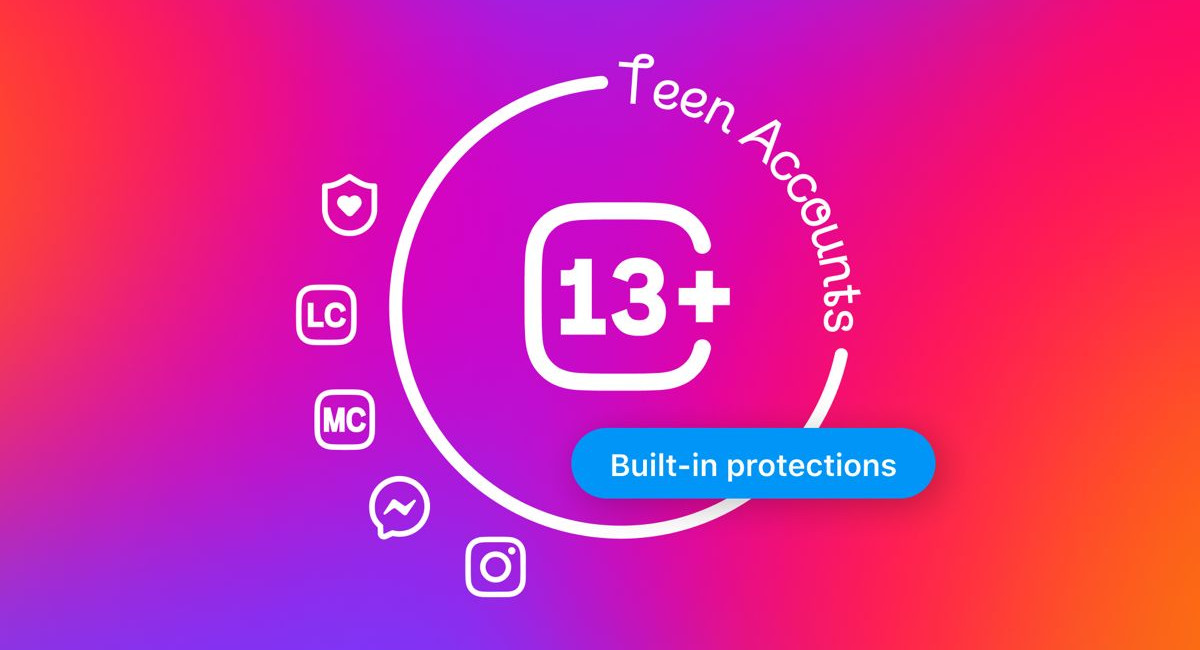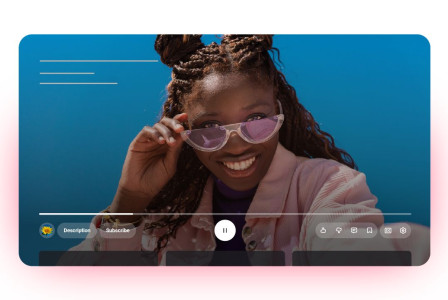SEARCH
Instagram introduces PG-13 standards for Teen Accounts

SHARE IT
Meta is rolling out one of its biggest changes yet to Instagram’s teen experience. The company announced that from this week, all teenage accounts on Instagram will automatically be placed under new PG-13 content restrictions—rules inspired by movie rating systems designed to ensure younger audiences are shielded from adult material.
The new settings, which start rolling out across the United States, United Kingdom, Australia, and Canada, mark a major evolution in how Instagram moderates what teens see and interact with. The goal, Meta says, is to create an online environment that mirrors the kind of supervision one might expect from PG-13 cinema—content that’s suitable for audiences aged 13 and older but avoids explicit themes or harmful material.
Under the updated framework, every user under 18 will automatically be placed in a “13+” content category. This default restricts exposure to mature or sensitive posts, including anything featuring strong language, dangerous stunts, or material promoting risky behavior such as drug use. Teens won’t be able to switch out of these settings without explicit parental approval, ensuring that parents maintain oversight of their children’s digital experiences.
A Familiar Rating System for the Digital World
According to Meta, adopting the PG-13 framework provides a clear and familiar benchmark for both teens and parents. While social media and movies are inherently different, the company said it wanted to use an established system that parents already understand and trust. Meta’s content and policy teams reviewed existing guidelines to align Instagram’s standards with the spirit of the film industry’s age ratings, applying similar thresholds for maturity, tone, and sensitivity.
Instagram’s latest policies will filter out not only explicit or violent visuals, but also posts that could glamorize self-harm, substance use, or other potentially harmful behaviors. The changes build on earlier safeguards already in place that restrict sexually suggestive content and depictions of graphic violence, alcohol, or tobacco use.
New Tools for Parents Seeking Tighter Control
For families wanting even stricter protections, Instagram is adding a “Limited Content” mode. This optional setting will further narrow what teenagers can see and do on the platform. In this mode, Instagram hides a broader range of content, removes commenting capabilities, and reduces incoming interactions from other users. Starting next year, “Limited Content” mode will also restrict certain AI-driven features, preventing teens from receiving or generating responses that fall outside of PG-13 boundaries.
Meta emphasized that the update was shaped with heavy input from parents. Over the past year, the company conducted large-scale testing and consultation, inviting thousands of parents around the world to review real Instagram posts and rate them for age appropriateness. In total, more than 3 million individual ratings were collected. The findings showed that fewer than two percent of posts were considered inappropriate by the majority of participating parents, suggesting a strong consensus around what should and shouldn’t appear in teen feeds.
Technology to Back Up the Policy
Beyond new policies, Meta is strengthening its technical systems to enforce these standards more effectively. The company says it has upgraded its age prediction technology, making it harder for users to bypass restrictions by lying about their age. Instagram will also prevent teenagers from following or interacting with accounts that consistently share age-inappropriate content. Conversely, those accounts won’t be able to message or comment on teen profiles, further minimizing unwanted contact.
Search filters are also getting smarter. They will now block a wider set of mature or explicit terms, including words related to alcohol, drugs, or gore. Even AI-generated responses within the app will follow the same PG-13 framework, ensuring that automated interactions remain within appropriate limits for younger audiences.
Parents and Experts Welcome the Shift
Early reactions from parents appear overwhelmingly positive. In an Ipsos survey commissioned by Meta, 95 percent of U.S. parents said the new settings would be useful, while 90 percent agreed that the update would make it easier to understand what type of content their teenagers are likely to see on Instagram.
To ensure the system continues to evolve with real feedback, Instagram plans to introduce ongoing in-app surveys and testing programs that allow parents to flag content they believe should be hidden. Meta says this feedback loop will help refine moderation tools and adjust filters as cultural norms and online trends change.
Balancing Safety and Freedom
The move comes as Meta continues to face mounting scrutiny over the impact of social media on youth well-being. Lawmakers and advocacy groups have long accused major platforms of exposing minors to harmful or addictive content. By anchoring its new teen experience in the widely recognized PG-13 standard, Meta appears to be betting on a more transparent and defensible approach to content moderation—one that gives both parents and regulators a clearer framework to evaluate.
The updated teen settings begin rolling out this week and should reach all eligible users in the initial countries by the end of the year. Global expansion is planned for 2026, alongside additional safety measures for teenagers on Facebook.
MORE NEWS FOR YOU

 Help & Support
Help & Support 

